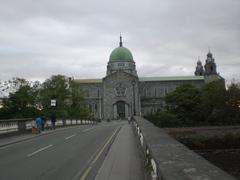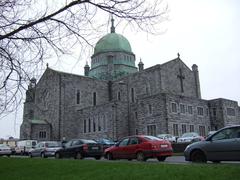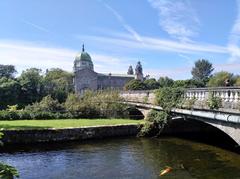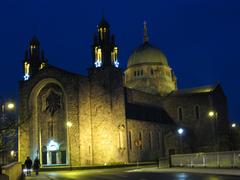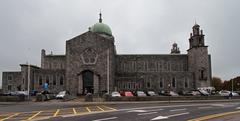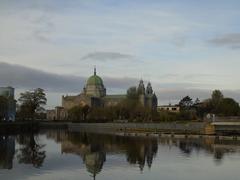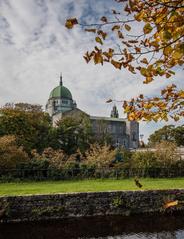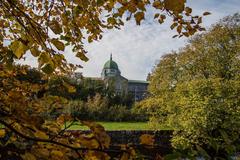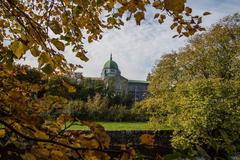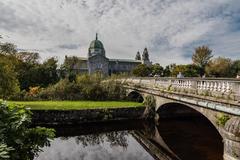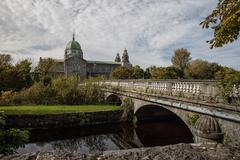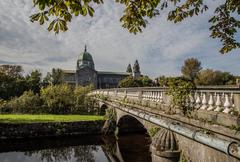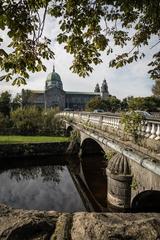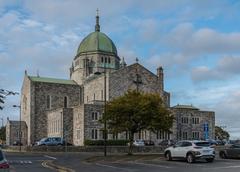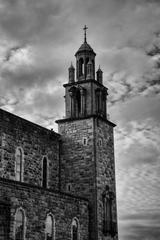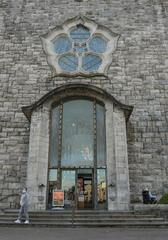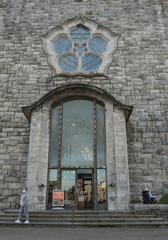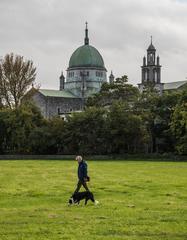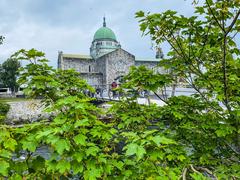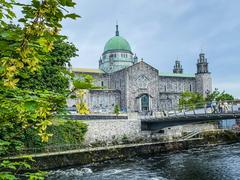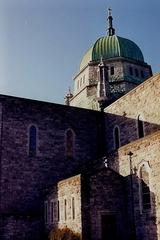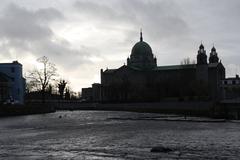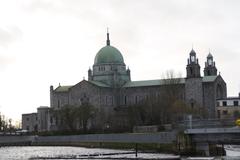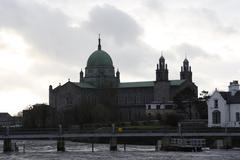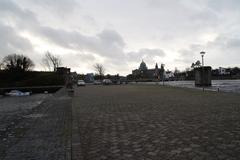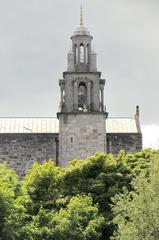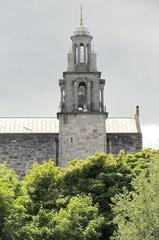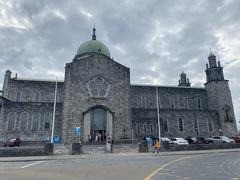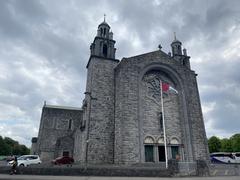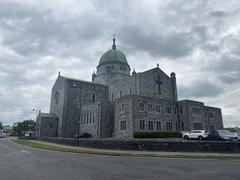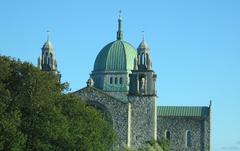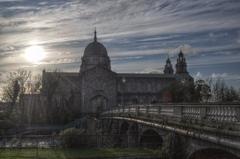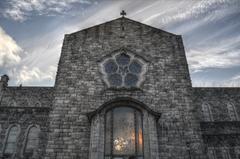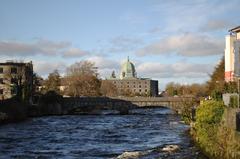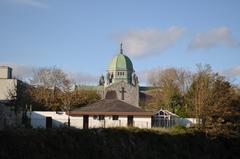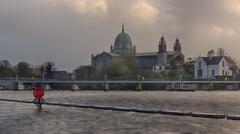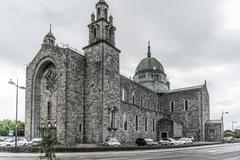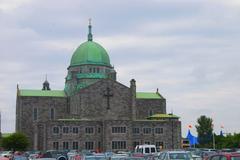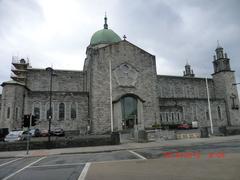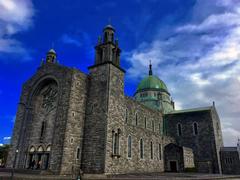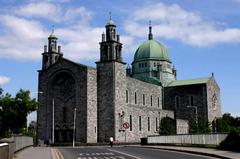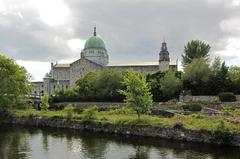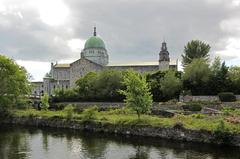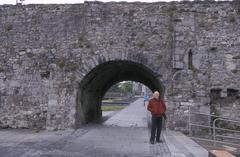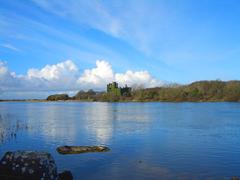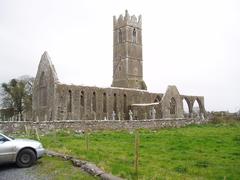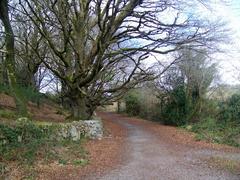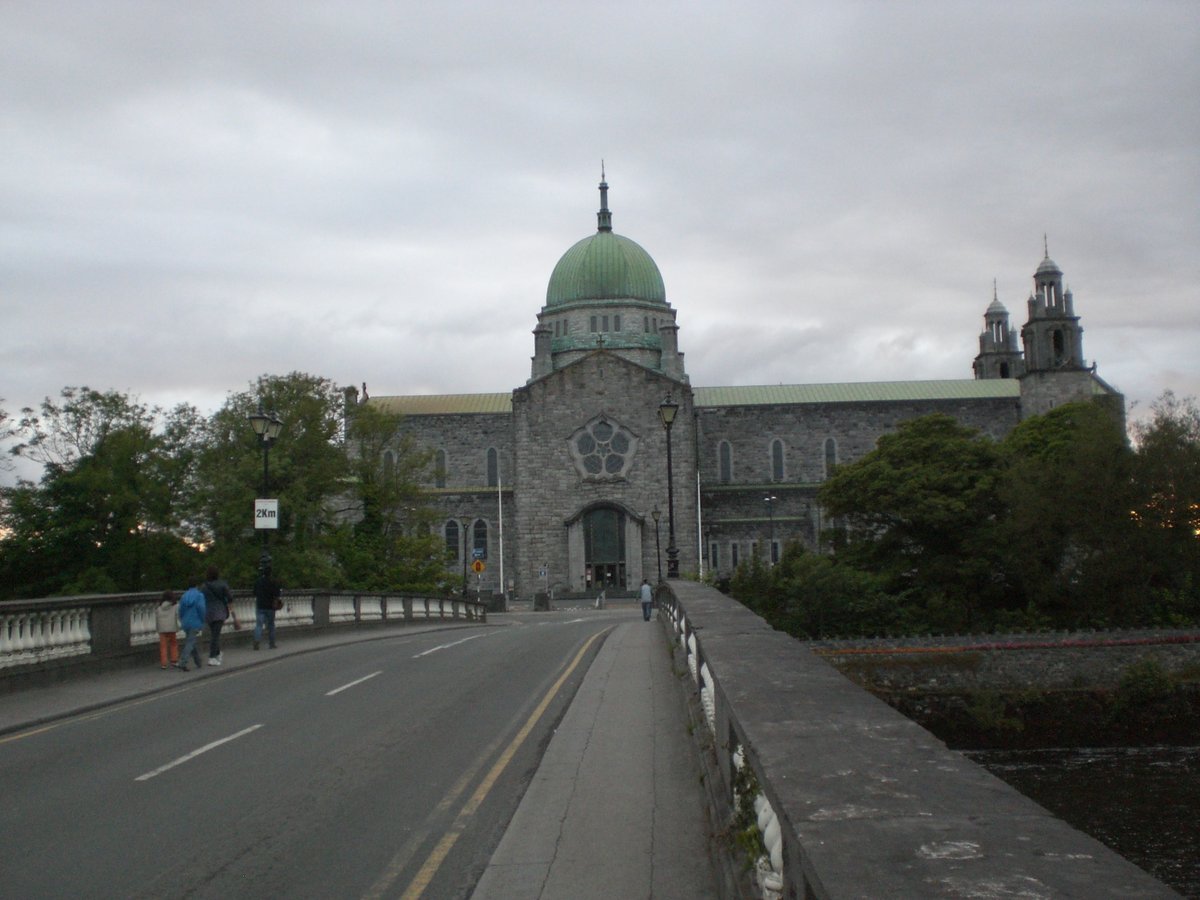
Cathedral Of Our Lady Assumed Into Heaven And St Nicholas, Galway
Galway Cathedral Visiting Hours, Tickets, and Historical Sites
Date: 18/07/2024
Introduction
Galway Cathedral, formally known as the Cathedral of Our Lady Assumed into Heaven and St. Nicholas, stands as one of the most monumental structures in Galway, Ireland. Nestled in the heart of Galway City, this architectural marvel is a significant religious landmark, blending rich history, diverse architectural styles, and profound cultural significance. Completed in 1965, the Cathedral was constructed on the site of the old city jail, symbolizing a transformation from a place of confinement to one of spiritual liberation and community gathering. The design, led by architect John Robinson, encapsulates a fusion of Renaissance Revival, Romanesque, and Gothic styles, making it a unique testament to Galway’s evolving identity and heritage (Galway Cathedral Official Website). Visitors are drawn not only to its grandeur and beauty but also to its deep religious significance as the seat of the Diocese of Galway, Kilmacduagh, and Kilfenora. The Cathedral is a vibrant place of worship and a central hub for community events, making it a must-visit destination for anyone exploring Galway City. This comprehensive guide aims to provide detailed insights into the history, architectural marvels, visiting hours, ticket information, and nearby attractions, ensuring that your visit to Galway Cathedral is both enriching and memorable (Galway Tourism, Sacred Destinations).
Table of Contents
- [History and Architectural Style of Galway Cathedral](#history-and-architectural-style-of-galway-cathedralhistory-and-architectural-style-of-galway-cathedral)
- [A Cathedral Rises from the Ashes](#a-cathedral-rises-from-the-ashesa-cathedral-rises-from-the-ashes)
- [A Fusion of Influences](#a-fusion-of-influencesa-fusion-of-influences)
- [Key Architectural Features](#key-architectural-featureskey-architectural-features)
- [A Tapestry of Art and Faith](#a-tapestry-of-art-and-faitha-tapestry-of-art-and-faith)
- [Visiting Information](#visiting-informationvisiting-information)
- [Visiting Hours](#visiting-hoursvisiting-hours)
- [Tickets](#ticketstickets)
- [Accessibility](#accessibilityaccessibility)
- [Nearby Attractions](#nearby-attractionsnearby-attractions)
- [Travel Tips](#travel-tipstravel-tips)
- [Conclusion](#conclusionconclusion)
- [FAQ](#faqfaq)
History and Architectural Style of Galway Cathedral
While Galway boasts a rich history dating back to the 12th century, the Cathedral itself is a relatively modern structure, completed in 1965. Its construction marks an interesting turn in Galway’s architectural journey, blending styles and reflecting the city’s evolving identity.
A Cathedral Rises from the Ashes
The story of Galway Cathedral begins with the remnants of the city’s old jail, which occupied the site until the mid-20th century. Following the jail’s demolition, plans were set in motion for a new cathedral, grander in scale than its predecessor, the Church of St. Nicholas. This ambition reflected the growing Catholic population and a desire for a landmark that would stand as a testament to the faith.
A Fusion of Influences
The design, spearheaded by architect John Robinson, sought to capture the essence of various architectural styles, resulting in a fascinating blend of old and new. The most prominent influence is undoubtedly Renaissance Revival, evident in the symmetrical facade, the use of domes, and the overall sense of grandeur. However, Robinson didn’t shy away from incorporating elements of Romanesque and Gothic architecture, paying homage to Ireland’s rich ecclesiastical heritage. This fusion is particularly noticeable in the rounded arches, the soaring rose window, and the intricate stone carvings that adorn the exterior.
Key Architectural Features
- The Great Dome: Dominating the Galway skyline, the copper-sheathed dome is a defining feature of the Cathedral. Inspired by the Renaissance dome of Les Invalides in Paris, it stands as a symbol of the Cathedral’s ambition and grandeur.
- The Rose Window: Located above the main entrance, the magnificent rose window depicts the Assumption of Mary, a central theme in the Cathedral’s dedication to Our Lady Assumed into Heaven and St. Nicholas. The intricate stained glass work, bathed in light, creates a breathtaking spectacle within the nave.
- The Portico: The grand portico, supported by massive limestone columns, adds a sense of formality and grandeur to the Cathedral’s entrance. The use of limestone, quarried locally, further connects the building to its Galway roots.
- The Bell Tower: While not as tall as traditional Gothic spires, the Cathedral’s bell tower, with its distinctive Renaissance cupola, still commands attention. The tower houses fourteen bells, each named after an Irish saint, their chimes echoing across the city.
A Tapestry of Art and Faith
Stepping inside, visitors are greeted by a serene and awe-inspiring space. The Cathedral’s interior is as impressive as its exterior, adorned with beautiful mosaics, intricate stained glass windows, and stunning marblework. Notable artists like Patrick Pollen and Imogen Stuart contributed to the Cathedral’s artistic treasures, their work reflecting both traditional religious themes and modern interpretations.
Visiting Information
Visiting Hours
Galway Cathedral is open to visitors daily from 8:30 AM to 6:30 PM. It is advisable to check the official website or contact the Cathedral directly for any changes in visiting hours, especially during holidays or special events.
Tickets
Entrance to Galway Cathedral is free, but donations are welcome. Guided tours are available for a small fee, providing deeper insights into the Cathedral’s history and architecture. It is recommended to book tours in advance.
Accessibility
The Cathedral is wheelchair accessible, with ramps and designated seating areas for visitors with disabilities. There are also accessible restrooms available.
Nearby Attractions
Galway Cathedral is located in the heart of the city, making it easy to visit other nearby attractions such as the Spanish Arch, Eyre Square, and the Galway City Museum. These sites offer a deeper dive into Galway’s rich cultural and historical tapestry.
Travel Tips
- Photography: While photography is allowed, visitors are encouraged to be respectful and avoid using flash during services.
- Best Time to Visit: Early mornings and late afternoons are ideal for a quieter experience.
- Special Events: The Cathedral hosts various events throughout the year, including concerts and religious ceremonies. Check the official website for a schedule of upcoming events.
Conclusion
More than just a place of worship, Galway Cathedral stands as a symbol of the city’s resilience and enduring spirit. Built upon the foundations of a former jail, it represents a triumph of hope and faith over adversity. Its unique architectural style, a blend of historical influences, mirrors Galway’s own multifaceted identity, a city where tradition and modernity coexist harmoniously. Plan your visit to Galway Cathedral to experience this architectural marvel and its rich historical context.
FAQ
Q: What are the visiting hours for Galway Cathedral?
A: Galway Cathedral is open daily from 8:30 AM to 6:30 PM.
Q: Is there an entrance fee for Galway Cathedral?
A: Entrance is free, but donations are welcome. Guided tours are available for a small fee.
Q: Is Galway Cathedral wheelchair accessible?
A: Yes, the Cathedral is wheelchair accessible with ramps and designated seating areas.
Q: What are some nearby attractions?
A: Nearby attractions include the Spanish Arch, Eyre Square, and the Galway City Museum.
For more information, visit the Galway Cathedral Official Website.
References
- Galway Cathedral Official Website (https://www.galwaycathedral.ie/)
- Galway Tourism (https://www.galwaytourism.ie/)
- Sacred Destinations (https://www.sacred-destinations.com/ireland/galway-cathedral)
